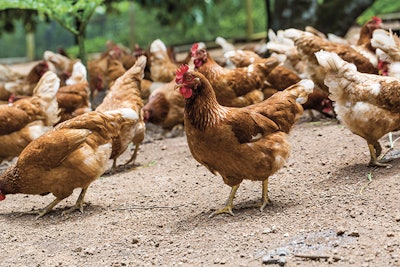
This past week has been quite heavy in news about avian flu in Latin America. Uruguay reported one case on a black neck swam in the wild; then Guatemala reported cases in marine wild birds. The aftermath was then felt in neighboring Argentina – first in wild birds and then in backyard turkeys. And let us remember that Argentina is the fourth largest industry in the region.
In addition to those outbreaks, the Peruvian Government animal health agency, Senasa, has just recommended avian flu vaccination in commercial poultry, joining the club with Mexico.
So, there are now thirteen countries with reported outbreaks: Mexico, Guatemala, Honduras, Costa Rica, Panama, Venezuela, Colombia, Ecuador, Peru, Bolivia, Chile, Argentina and Uruguay, in addition to, the U.S. and Canada in North America.
There are not many countries left. The Dominican Republic, El Salvador, Paraguay… and the big one, Brazil. I am particularly worried about Brazil, and I guess Brazilians would be much more worried than me. What if bird flu says hi to Brazil? Are things going to change, worldwide, especially regarding vaccination and trade? If they report an outbreak in wild birds, how fast can the country lose its status? No one really wants Brazil to stop poultry trade. No one.
It seems that things will get worse in Latin America. It is a huge snowball, impossible to stop, at least for the time being. The only thing left is biosecurity and strict measures. And the last resource is vaccination, of course, whether some like it or not.
Besides the impact on trade, the impact on local production remains to be seen. Hopefully it will not be that bad, so as to affect local supply. Hopefully.
What do you think?


















